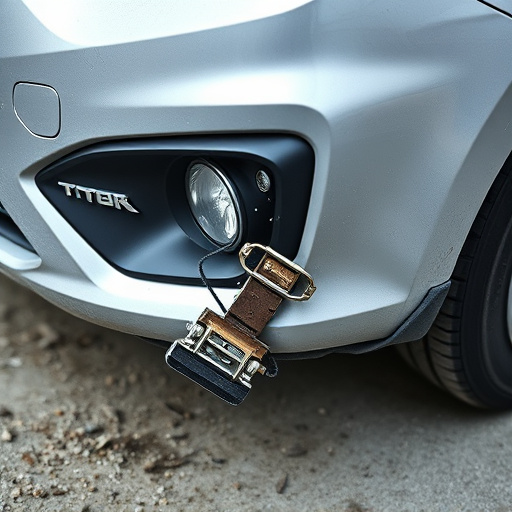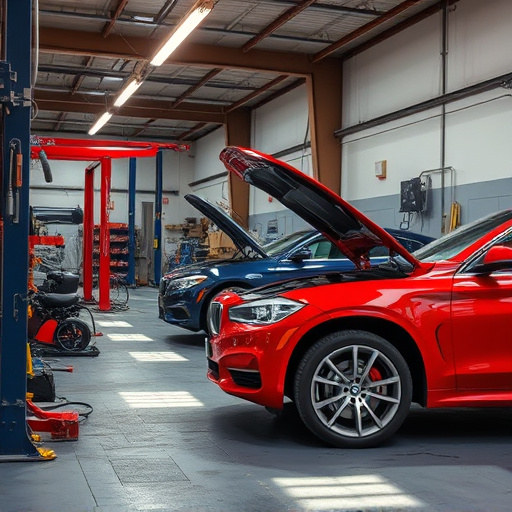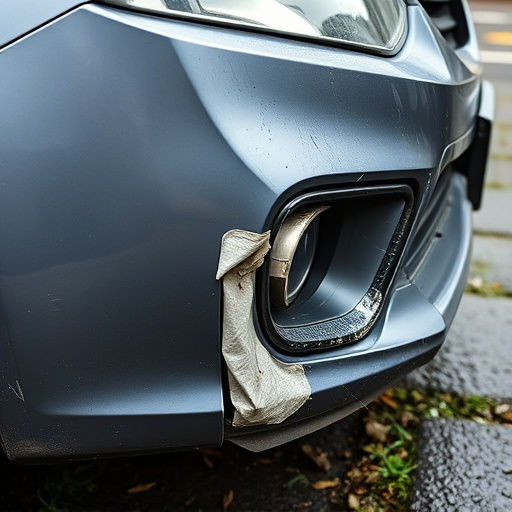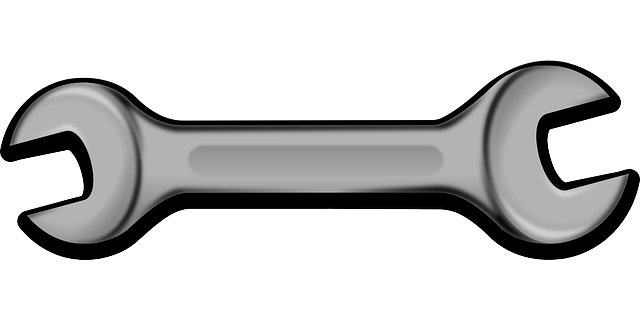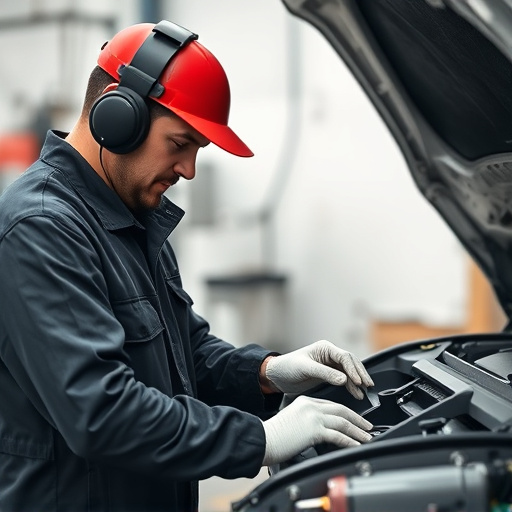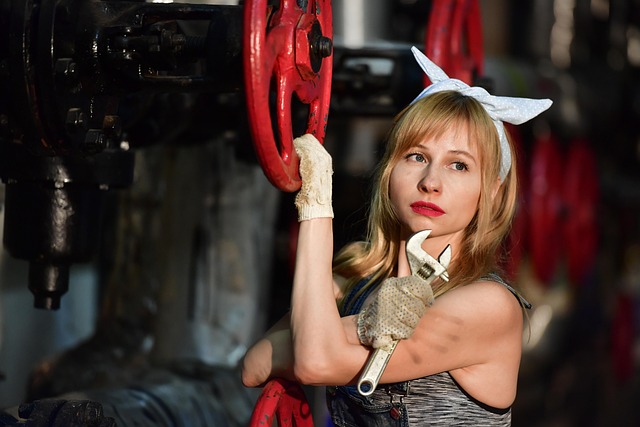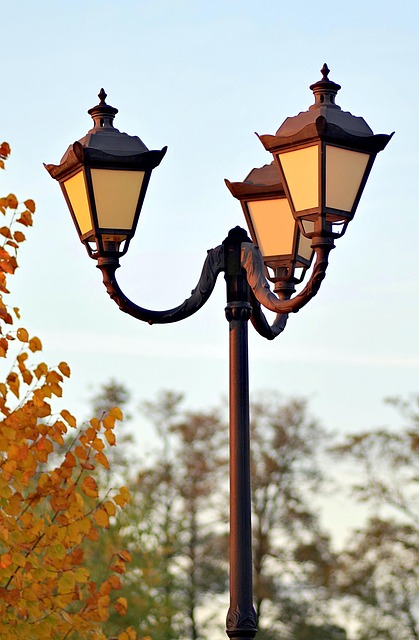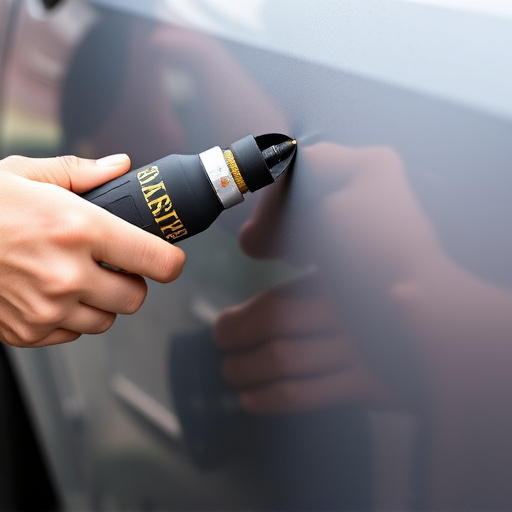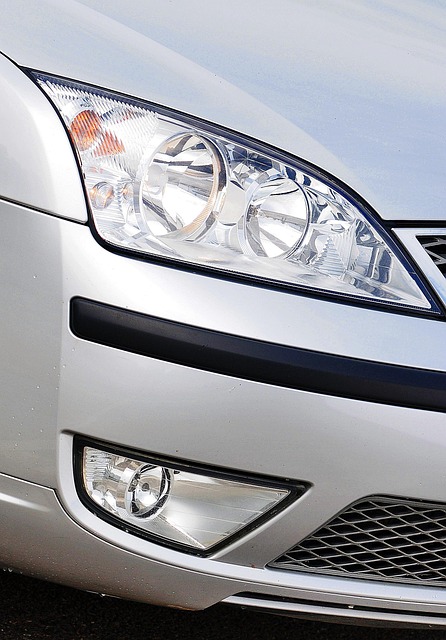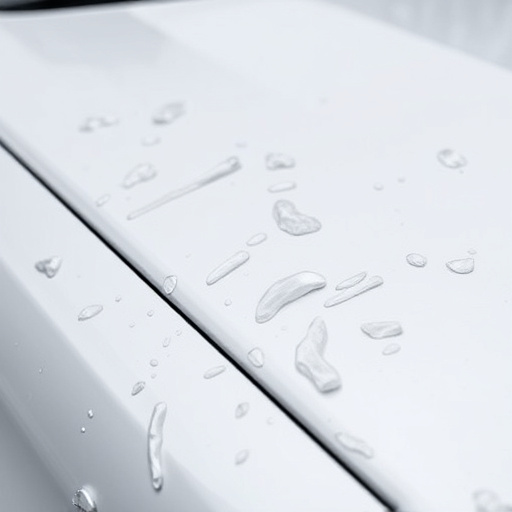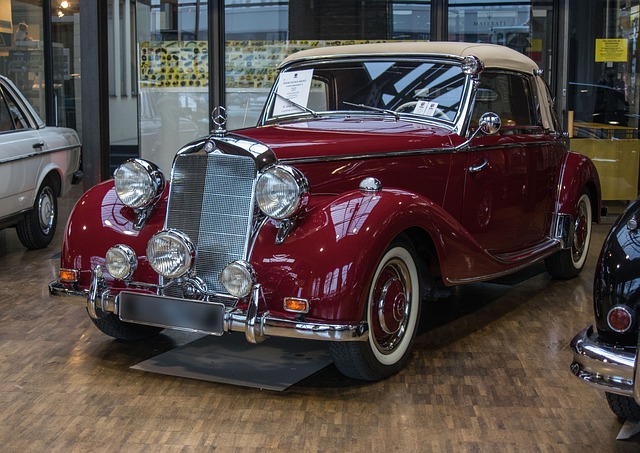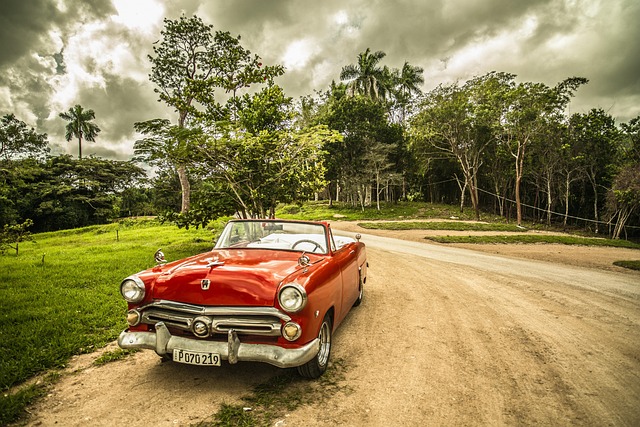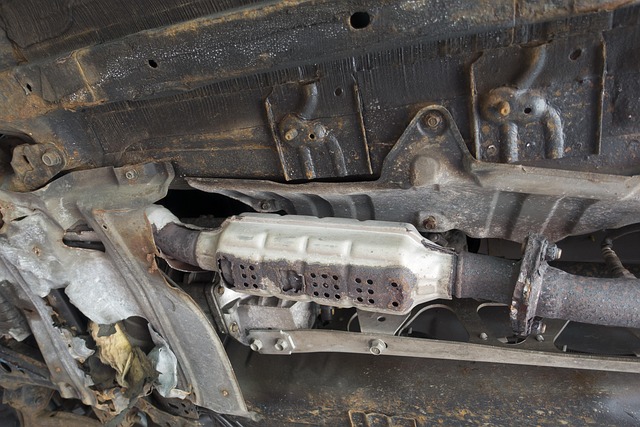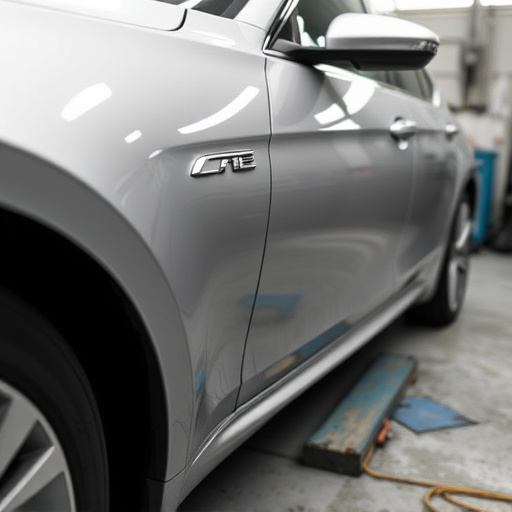Rust, corrosion, and weather conditions pose significant challenges in vehicle frame restoration. Extreme temperatures and moisture exposure can cause metal degradation, warping, and increased vulnerability to corrosion. Older vehicles require specialized attention due to age-related weakening, limited original parts availability, and compatibility issues. Effective restoration involves meticulous cleaning, sealing, and use of protective coatings, with professional services recommended for severe cases.
Vehicle frame restoration is an art that demands meticulous attention, especially when environmental factors come into play. This comprehensive guide delves into the intricate challenges posed by rust, corrosion, weather conditions, and material degradation over time. Understanding these complex issues is crucial for restorers to ensure the structural integrity of vehicles, providing a robust foundation for any restoration project. By exploring these environmental influences, we equip enthusiasts with knowledge to navigate the path of vehicle frame restoration successfully.
- Rust and Corrosion: The Silent Enemies
- Impact of Weather Conditions on Frame Integrity
- Age and Material Degradation: A Complex Relationship
Rust and Corrosion: The Silent Enemies
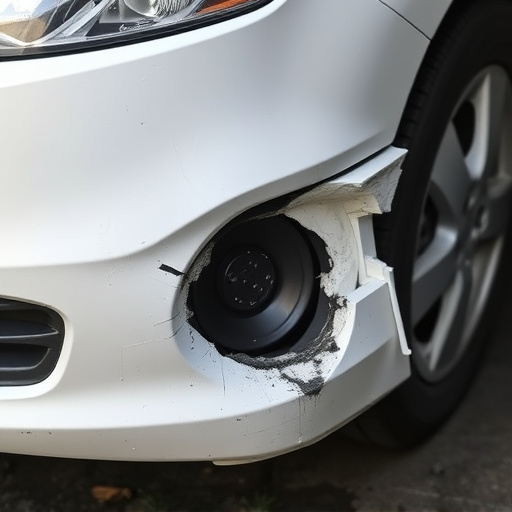
Rust and corrosion are the silent enemies of every vehicle frame restoration project. These unwelcome invaders can cause significant damage to metal components, leading to weakened structures that compromise the safety and integrity of the vehicle. Over time, rust can eat away at critical frames, panels, and underbody components, making them brittle and prone to further deterioration. The challenge lies in identifying and mitigating these issues early on, before they spiral out of control.
During the restoration process, meticulous attention must be paid to preventing and treating rust spots. This often involves thorough cleaning, sanding, and priming to remove any signs of corrosion. In some cases, professional tire services, automotive body work, or auto glass replacement might be required to address structural damage caused by rust. Proper sealing and coating are essential to create a protective barrier against future corrosion, ensuring the longevity of the restored vehicle frame.
Impact of Weather Conditions on Frame Integrity
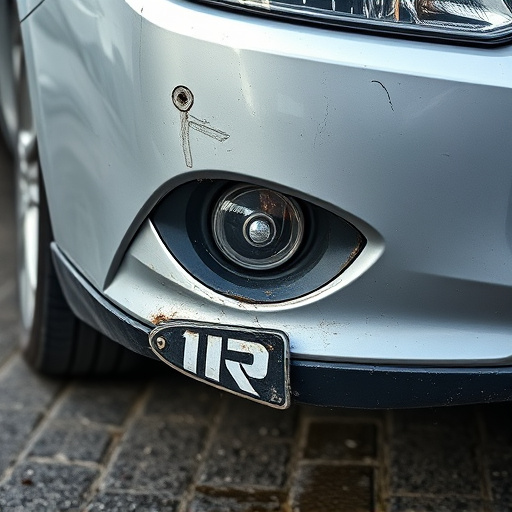
Weather conditions play a significant role in determining the integrity of a vehicle frame during restoration. Extreme temperatures, both hot and cold, can cause metal to expand and contract, leading to warping or distortion in the frame. This is especially true for older vehicles or those not properly maintained; their frames may have already suffered some damage or stress from exposure to varying weather patterns over time. Restoring such vehicles requires careful consideration of these factors to ensure structural soundness.
Additionally, constant exposure to moisture, rain, snow, or humidity can introduce corrosion and rust into the frame’s metalwork. Corrosion weakens the metal, making it brittle and more susceptible to damage during the restoration process. This is where specialized services like paintless dent repair can be beneficial, as they focus on removing dents and dings without painting, which minimizes the risk of introducing new corrosion sites. Fleet repair services or auto glass repair, while crucial for other aspects of vehicle maintenance, may not address these weather-related issues directly unless specifically tailored to do so during the frame restoration process.
Age and Material Degradation: A Complex Relationship
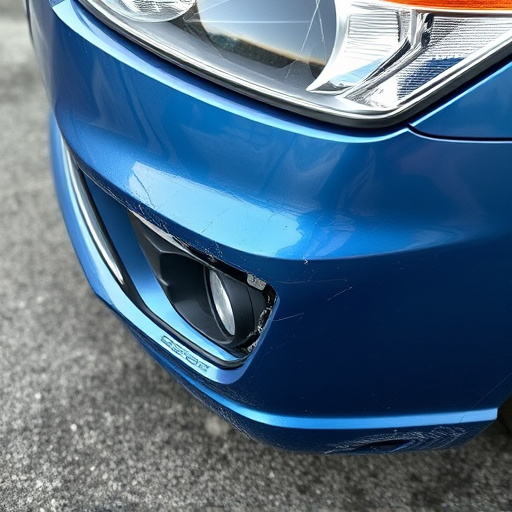
The age of a vehicle plays a significant role in its overall condition, especially when considering frame restoration. As cars age, they undergo natural degradation, where materials like metal and rubber start to weaken. This process is often accelerated by environmental factors such as exposure to harsh weather conditions, road salt, and varying temperatures. For instance, rust can develop over time, causing significant structural damage if left unchecked. However, the impact of age on frame restoration goes beyond just physical deterioration. The availability and quality of original parts become more challenging as vehicles grow older, particularly for luxury vehicle repair or specialized car restoration projects.
The degradation of materials used in older vehicles introduces a complex layer to frame restoration. Different metals may have varying levels of compatibility when joining or replacing parts, requiring specific techniques and materials during the repair process. Additionally, the original design and manufacturing standards might not align with modern practices, making it more intricate for autobody repairs. Restorers must carefully navigate these complexities, ensuring that any replacements accurately replicate the original material properties to maintain the vehicle’s structural integrity and aesthetic appeal.
Restoring a vehicle frame is an intricate process, exacerbated by environmental factors that can significantly impact its success. Rust, weather conditions, and material degradation over time pose unique challenges for restorers. Understanding these environmental influences is crucial to ensuring the longevity of restored vehicles. By addressing these issues head-on, professionals can deliver superior results in the field of vehicle frame restoration.
